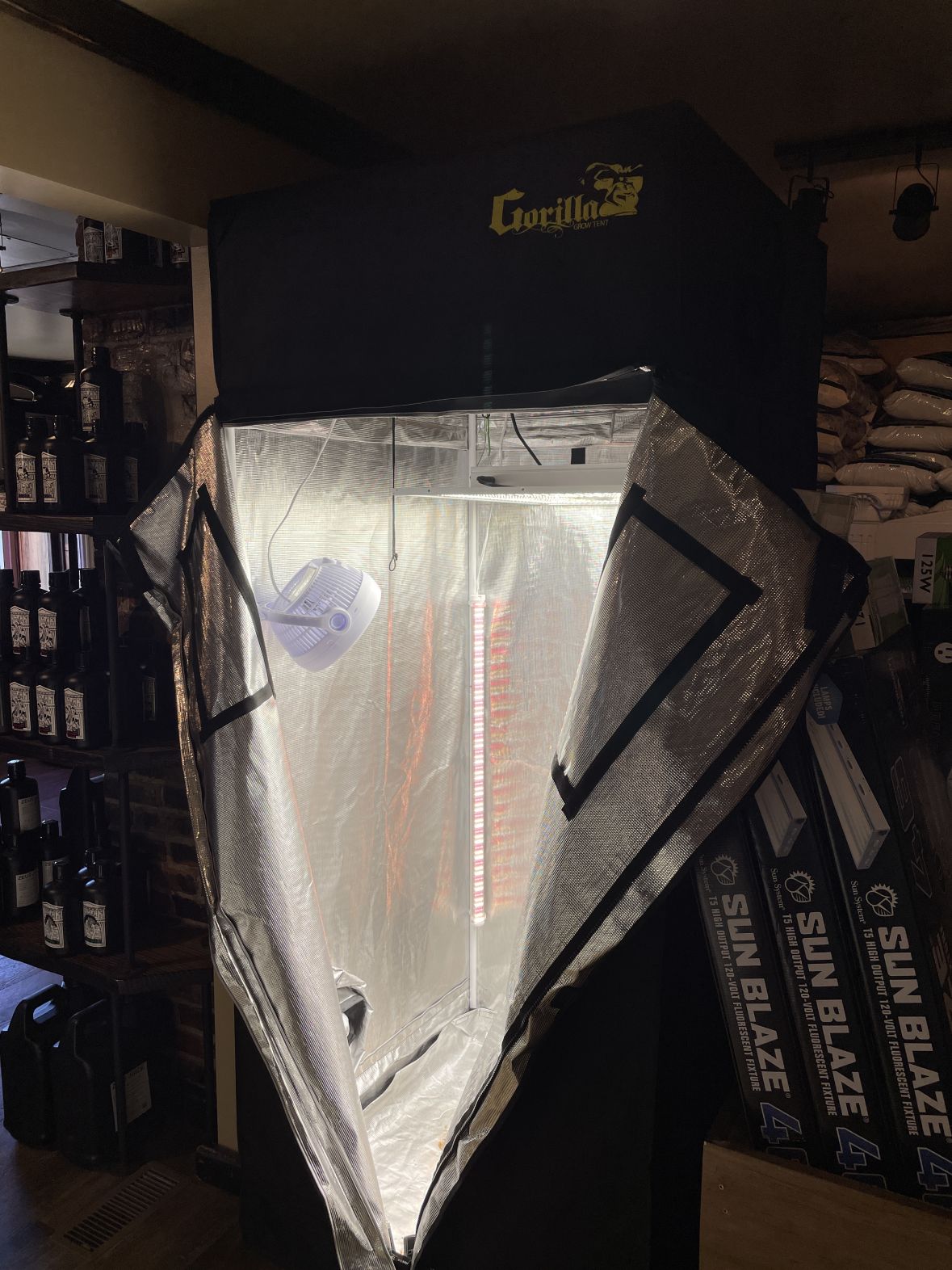The Indoor Earthworm Means: A Game-Changer in Planting Techniques
The Indoor Earthworm Means: A Game-Changer in Planting Techniques
Blog Article
Unlocking the Prospective of Hydroponics: Comprehending Its Uses and Different Kinds
Hydroponics, a technique of growing plants without dirt, has garnered enhancing attention for its possible to change farming and gardening practices. The accuracy control over nutrient shipment, water usage, and ecological variables uses a glimpse right into a future where food manufacturing can be optimized in different settings. As we navigate through the complex landscape of hydroponic systems and methods, it comes to be noticeable that each method holds distinct benefits and restrictions. By unraveling the diverse usages and sorts of hydroponics, we can reveal a world of possibilities that might reshape just how we imagine lasting farming and gardening practices.
Benefits of Hydroponic Equipments

One more advantage of hydroponic systems is the capacity to grow plants in a smaller area. By eliminating the demand for dirt, plants can be grown up and down or in stacked systems, maximizing making use of readily available area. This is especially valuable in city areas or regions with restricted cultivatable land. Hydroponic systems lower the danger of soil-borne diseases and pests, as there is no soil to nurture these risks. This leads to healthier plants and decreases the need for damaging pesticides, making hydroponic farming a more sustainable and ecologically pleasant choice.
Common Makes Use Of in Farming

Offered the reliable water conservation and space-saving advantages of hydroponic systems, it is apparent that these cutting-edge agricultural methods have discovered common usages in various industries of agriculture. The regulated environment of hydroponic systems enables year-round farming, supplying a regular supply of fresh produce regardless of exterior climate problems.
Hydroponics is typically made use of for expanding a variety of plants, consisting of leafy greens, tomatoes, cucumbers, peppers, strawberries, and herbs. Furthermore, hydroponic systems are made use of in research study and academic settings to study plant growth, cultivation, and nutrition techniques.
Discovering Different Hydroponic Techniques
What are the various cutting-edge strategies utilized in hydroponics to enhance crop cultivation effectiveness and produce? Hydroponic systems use a series of approaches that deal with different plant types and cultivation objectives. One prominent technique is the Deep Water Culture (DWC) system, where plant roots are submerged in a nutrient option, supplying ample oxygen and nutrients. Another commonly made use of approach is the Nutrient Film Strategy (NFT), which entails a shallow stream of nutrient solution streaming over the plant roots, promoting water and nutrient uptake. In addition, the internet Ebb and Flow system, likewise referred to as the Flooding and Drainpipe system, periodically floodings the plant origins with nutrient service, enabling oxygenation throughout draining pipes durations. Aeroponics is one more sophisticated technique that entails misting plant origins with a nutrient remedy, maximizing oxygen absorption and nutrient uptake. Each of these techniques showcases the adaptability and effectiveness of hydroponic systems in Check Out Your URL enhancing plant development and return.
Contrasting Various Hydroponic Systems
Exploring the performance and return improvement techniques in hydroponics leads us to compare different hydroponic systems available for crop farming. Each hydroponic system has its special attributes, benefits, and restrictions, making it essential for farmers to pick the most appropriate system based upon their details demands and restraints.
One of the most common hydroponic systems is the nutrient film method (NFT), where a thin film of nutrient solution constantly moves over the plant origins. In comparison, the deep water culture (DWC) system submerges plant roots straight into the nutrient solution, providing enough oxygen and nutrients.
An additional prominent hydroponic system is the ups and downs (or flood and drainpipe) system, which occasionally floodings the plant roots with nutrient option prior to draining it. This cyclic process makes certain appropriate aeration for the origins while supplying nutrients successfully. Additionally, the aeroponic system suspends plant roots in the air and mists them with a nutrient service, promoting quick growth and high oxygenation levels. Cultivators seeking a versatile system that minimizes water usage commonly decide for aeroponics. By understanding the differences in between these hydroponic systems, cultivators can make enlightened decisions to make best use of crop return and high quality.
Technologies in Hydroponic Modern Technology
One key innovation is the growth of clever hydroponic systems that use sensors and automation to keep track of and change ecological problems such as pH levels, nutrient focus, and light direct exposure in real-time. These systems enable precise control over expanding problems, leading to optimum plant growth and higher plant returns.
Another noteworthy improvement is the assimilation of upright farming strategies with hydroponic systems, enabling the growing of crops in piled layers. This vertical technique optimizes space utilization, making it optimal for urban settings where land accessibility is restricted - The Indoor Earthworm. In addition, the use of innovative LED lights systems customized to specific plant demands has actually improved power efficiency and improved development prices in hydroponic arrangements
Advancements like these are driving the advancement of hydroponics, making it a extremely eye-catching and sustainable choice for modern-day farming.
Verdict
In final thought, hydroponics offers countless benefits in farming and has various techniques and systems that can be used to click this optimize its potential. Technologies in hydroponic innovation proceed to enhance efficiency and sustainability in food production. By understanding the uses and different kinds of hydroponic systems, farmers and cultivators can unlock the full possibility of this innovative technique of growing plants without soil.
Additionally, hydroponic systems allow for better control over nutrient degrees, pH balance, and environmental problems, leading to much healthier plants and higher returns.

Report this page